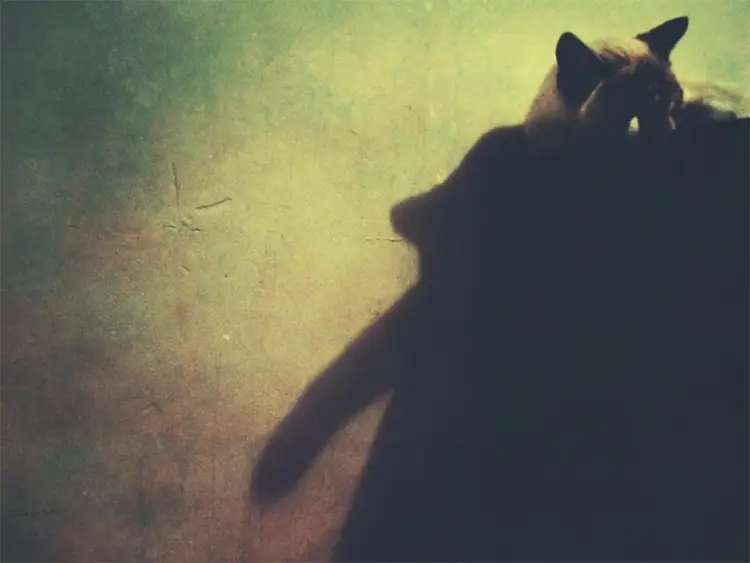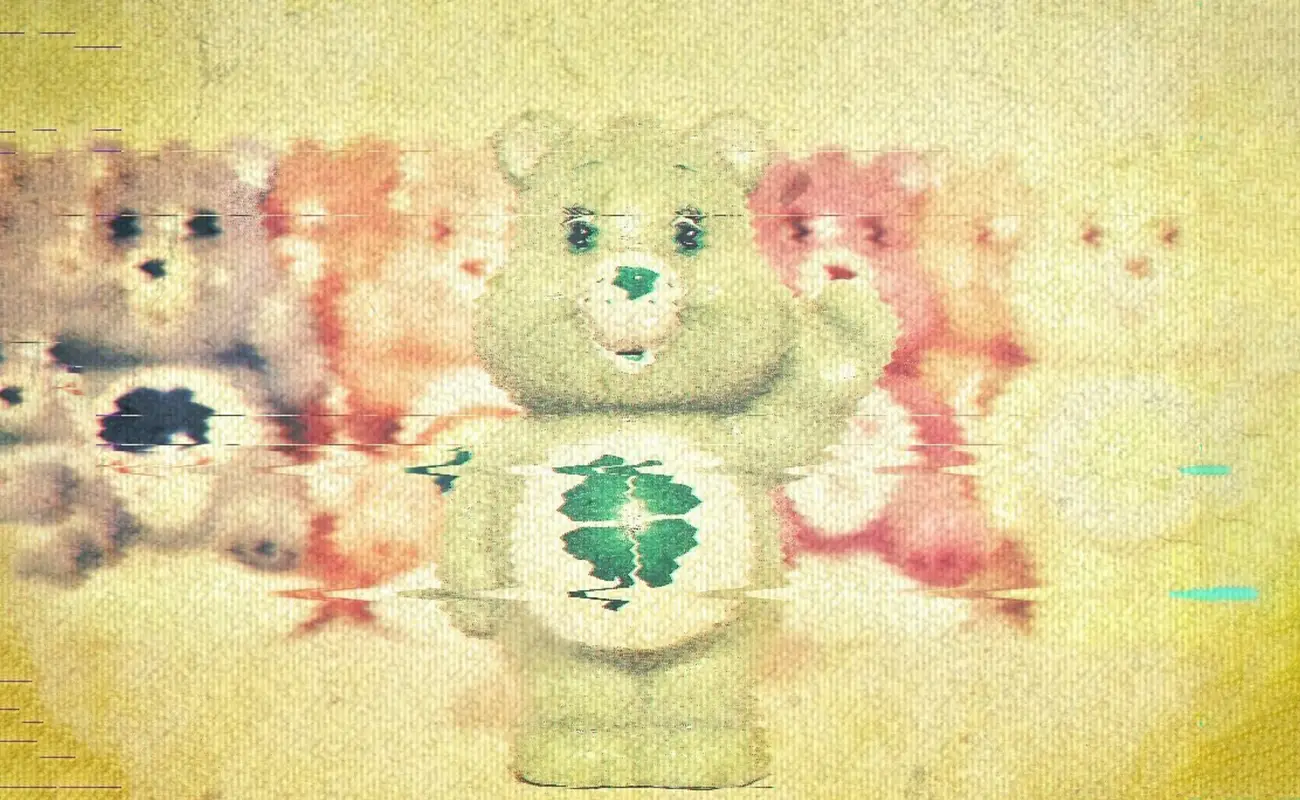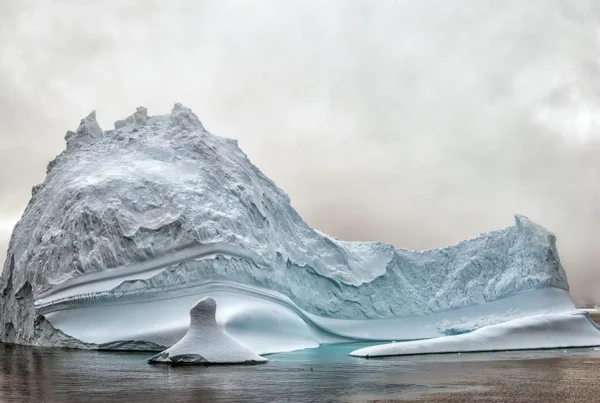“Art can help heal your wounds. And as I started taking photos of myself… I almost transformed into a silent actor before the camera.”
A Place Between Stage and Shutter
From the narrow, elm-lined streets of Old Nutana—a historic neighborhood in Saskatoon, Saskatchewan—emerges an artist whose work blurs the lines between performance and stillness. Maureen Zacharki, a photographer, actress, and visual storyteller, draws from a life steeped in theatrical training and personal adversity to create photographs that challenge traditional norms. Her artistic path is far from linear; forged first on stage and later behind the camera, her work resists classification and leans into the unexpected. While the Canadian photography landscape is often dominated by images of rugged natural beauty, Zacharki’s lens turns inward, revealing internal terrains shaped by memory, illness, and imagination.
Zacharki’s early passion for the arts began in high school, where she immersed herself in visual art and photography long before she pursued theatre. She spent her formative years developing negatives in darkrooms and sketching in art classes, only to surprise those around her by shifting toward acting. Her time studying theatre design and the Meisner acting technique would later influence every layer of her artistic approach—from the construction of visual scenes to the emotional pacing of her photographs. She speaks about writing and shooting in rhythmic beats, letting commas, ellipses, and pauses shape how her narratives unfold. The fusion of these disciplines has helped her discover a visual syntax that is uniquely her own.
Photography, however, did not take center stage until a deeply personal health crisis reshaped Zacharki’s creative direction. After being diagnosed with Trigeminal Neuralgia, a condition that causes excruciating facial pain, she turned to self-portraiture not only as a form of expression but as a way to process her own experience. The camera became a mirror, a witness, and a collaborator. Through this intimate practice, she began to explore how outward appearances can conceal profound internal realities. Her photographs now operate in a liminal space—between clarity and distortion, beauty and dissonance—reflecting a world that refuses to sit still.
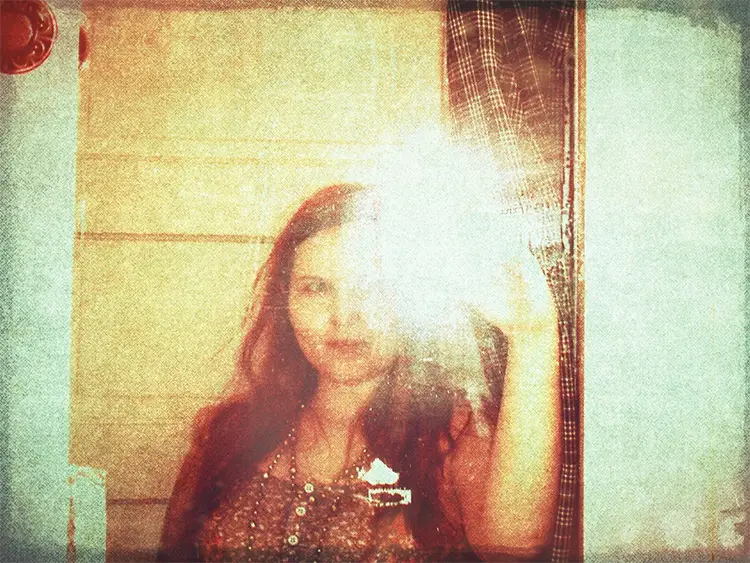
Maureen Zacharki: The Performance of Photography
Zacharki’s photographs are undeniably influenced by the theatrical world she once inhabited. Her use of lighting, gesture, and narrative stems directly from her understanding of performance, allowing her to construct scenes that feel both staged and achingly real. The influence of fashion photography, particularly editorials from magazines like Elle and Vogue, helped cultivate her love for visual storytelling. These glossy, highly stylized images once inspired her as a young costume designer, and they continue to inform the way she composes her shots today. Among the early photographs that left an impression on her was Sarah Moon’s La Robe à Pois, a vibrant and chaotic tableau rendered in polaroid hues that she describes as “enchanting.” That image, with its dreamy palette and ethereal models, remains a north star in her artistic compass.
But Zacharki’s inspirations run deeper than fashion. The influence of Anton Corbijn, the Dutch photographer and director whose work defined the visual language of alternative music in the ’80s and ’90s, has played a pivotal role in shaping her stylistic choices. His grainy, black-and-white aesthetic captured iconic moments of musicians like Joy Division and Depeche Mode, offering a gritty realism that Zacharki sought to replicate. Finding digital photography too polished for such textures, she pivoted to 35mm film, a medium more compatible with the raw energy she wanted to capture. Her commitment to image manipulation and visual effects stems from this impulse—not to distort reality arbitrarily, but to align the image more closely with emotional truth.
Tableau photography, in particular, resonates deeply with her. The influence of Julia Margaret Cameron, a Victorian photographer known for her allegorical portraiture and soft-focus techniques, echoes through Zacharki’s own self-portraits. Cameron’s subjects—melancholy figures caught in static theatricality—mirror Zacharki’s interest in evoking silent, introspective drama. She draws parallels between these historical compositions and her own upbringing in theatre, describing the scenes as feeling like a Shakespearean production halted mid-act. Whether consciously or not, her portraits invite viewers into a paused performance, one in which pain, beauty, and vulnerability are caught mid-expression, suspended in light and shadow.
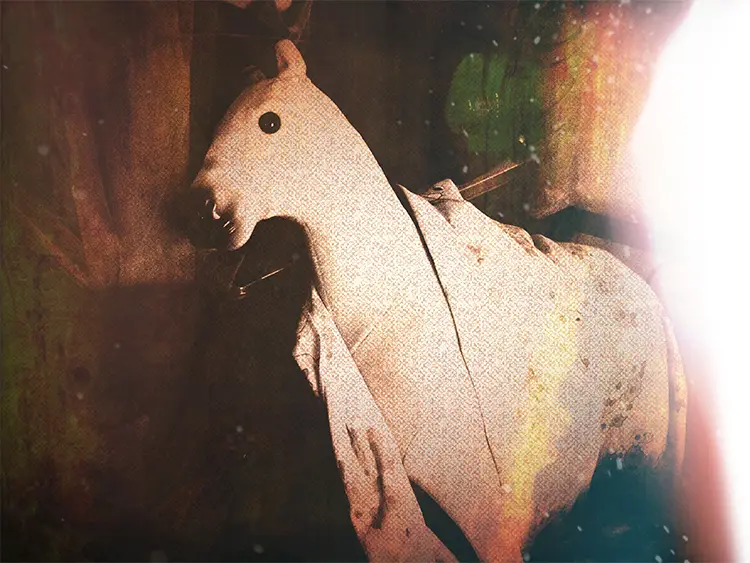
Fragments, Filters, and the Face as Canvas
Zacharki’s artistic process is heavily intertwined with her neurological condition, Alice in Wonderland Syndrome. A rare perceptual disorder that alters one’s sense of scale, space, and time, it has shaped how she sees—and therefore how she photographs—the world around her. Experiences of visual distortion, brought on by migraine auras or seizure activity, have led her to seek visual equivalents through manipulation, layering, and unconventional processing techniques. These aren’t embellishments; they’re translations. Her images reflect not how the world looks, but how it feels when perception fractures. In this way, her photographs serve as interpretive maps of interior terrain, echoing the instability and surrealism of her lived experience.
Self-portraiture remains at the heart of her work, particularly since her diagnosis of Trigeminal Neuralgia. The chronic, one-sided facial pain compelled her to photograph herself, often exploring the psychological duality between her peaceful and suffering halves. She has described this sensation as feeling split—physically and emotionally—down the center of her face. The resulting images channel this fragmentation, sometimes recalling the exaggerated emotiveness of silent film stars or the stylized elegance of early twentieth-century actresses. These portraits are not mere records; they are performative acts, imbued with historical references, pain, and a search for self-reconciliation. She has cited figures like Mary Pickford and Bebe Daniels, as well as the archetypes of the Victorian Pre-Raphaelites, as visual touchstones.
Zacharki’s experimentation with photographic tools further enhances her ability to express these complex inner states. She uses everything from digital cameras to instant film, embracing the unpredictability of expired Polaroid stock and lens filters. Inspired by Lee Miller’s rediscovery of solarization—a process that inverts the tones in black-and-white photography—Zacharki approaches photo effects not as tricks, but as part of an evolving creative toolkit. Her Canadian peers may lean toward realism and nature photography, but she resists these boundaries, choosing instead to explore constructed realities that reflect emotional or metaphysical truths. In her words, photography should never be static; it should stretch, shift, and open up new visual possibilities.
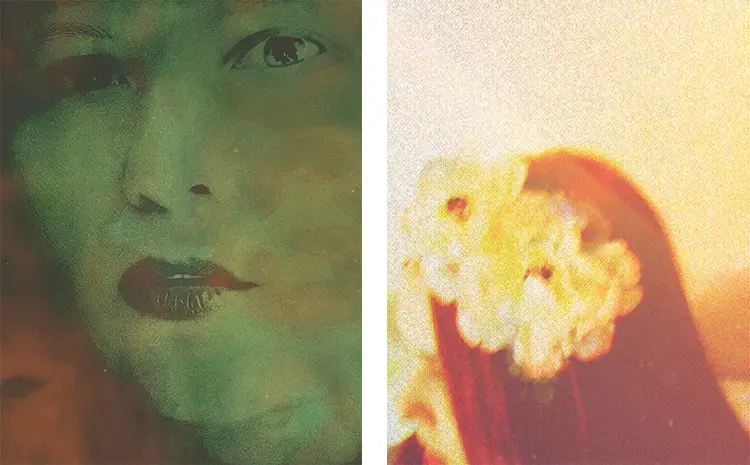
Maureen Zacharki: Reclaiming Identity in an Unreliable World
Within the Canadian photography community, Zacharki has found herself at odds with traditional expectations. When she submitted a manipulated, stylized photo essay to a national photo publication, the results were disheartening. Despite encouraging communication with an editor throughout the submission process, the final article went to print riddled with glaring inaccuracies. The experience revealed how resistant certain artistic institutions remain toward work that doesn’t conform to established standards. In a culture where landscape photography is often seen as the pinnacle of the form, Zacharki’s surreal, emotionally driven images seemed to defy categorization—and were ultimately misunderstood. She reflects on the experience as not only disappointing but emblematic of a larger issue within the Canadian photographic scene: a narrow view of what photography is allowed to be.
That disillusionment, however, has not derailed her creative path. Instead, it has reaffirmed her commitment to making art that is personal and idiosyncratic. Whether capturing cats, incorporating humor, or weaving references to music, literature, and history into her compositions, she remains focused on what resonates with her. Zacharki does not strive for thematic cohesion across her body of work. Rather, she embraces the messiness of lived experience, allowing intuition and emotional impulse to guide her choices. In doing so, she offers viewers not a unified thesis, but a gallery of impressions—each one shaped by the conditions of its creation.
Her journey is not without obstacles. Living with neurological conditions and the aftermath of seizures has made organization and reliability a challenge. She’s candid about needing support, both from her mother and close friends, to manage day-to-day logistics. Still, she pushes forward—submitting work, drafting articles, juggling financial planning, and continuing to photograph through recovery. Zacharki’s process may be nonlinear, but it is undeniably driven. Each photograph, article, and artistic experiment represents a step toward reclaiming authorship over her life and story. She makes images not to conform, but to articulate what it means to see the world through an altered lens—and to invite others to look again, more closely, more curiously.
You can check Maureen’s MyBio at: https://mybio.art/maureen-zacharki
